This year the Metropolitan Museum of Art has dedicated its rooms for Japanese art to a suggestive exploration of the long tradition of work from Kyoto, in the exhibition ‘Kyoto: Capital of Artistic Imagination’. Monika Bincsik, a curator of Japanese decorative arts at the Met, has designed the exhibition to integrate a few long-standing features of these rooms – large-scale religious wood carvings, and a fountain by Isamu Noguchi (Water Stone, 1986) – with a selection of works from the museum’s permanent collection that have not been displayed together before. By focusing on Kyoto, which was for centuries the capital and artistic centre of Japan, the Met can marshal its wide-ranging holdings – from a 5th-century bronze mirror to pieces by contemporary artists such as Hiroshi Sugimoto and Kohei Nawa – to tell a complex and coherent story. Nearly all the pieces shown have a layered quality – layers of glaze, or of embroidery, or of ink washes. The displays are layered, too; they draw one’s attention to the painstaking technique of, for example, building up layers of lacquer to create its hard and deep shine, and to the historical understanding of, say, artists who painted screens retelling important stories from previous centuries.
The exhibition will have four rotations before it closes. In the version I saw at the end of December, the first room surveyed some 1,400 years of art; intricate formal and thematic relationships emerged. I came to a quiet standstill before two careful cases that included four pieces of grey pebbly Sue ware ceramics, settled and self-possessed shapes made from earth. A nearby display of Shinto religious scrolls also attended to land and pigment, focusing on the experience of seeing the land through the air. These scrolls were accompanied by a contemporary Sugimoto hanging scroll consisting of a slightly blurred lithograph made from a gelatin silver print photograph of Kegon waterfall.
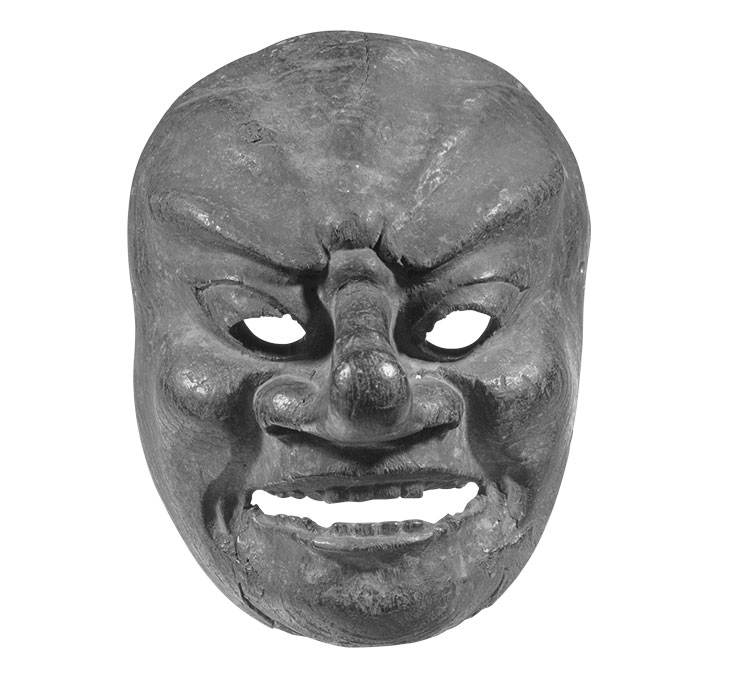
Bugaku mask (12th century), Japan. Metropolitan Museum of Art, New York
The patterns in another scroll, from the 14th century, of the Hindu deity Dakini (she was transformed by Buddhism, and became associated with the Shinto fox deity, Inari) were given formal point by two red vases with related curves from the Muromachi period (1392–1573). Nearby, calligraphy from the Edo period, two wooden statues of Shinto deities, and a 12th-century mask set in motion thoughts about figures, faces, wood, hands, writing, ink. In the centre, Kohei Nawa’s taxidermied deer (the dead animal was found for sale online), which the artist has covered in artificial crystal-glass half-bubbles of different sizes, seemed less like a Damien Hirst and more like a re-evocation, as the wall text pointed out, of Kasuga religious paintings, in which deer are shown with mirrors on their backs. Moving around the dimly lit room, I was conscious of different textures – the glazes of the Sue ware, the pocked wood of the ancient statues, the thin paper of the scrolls, the glass over the deer.
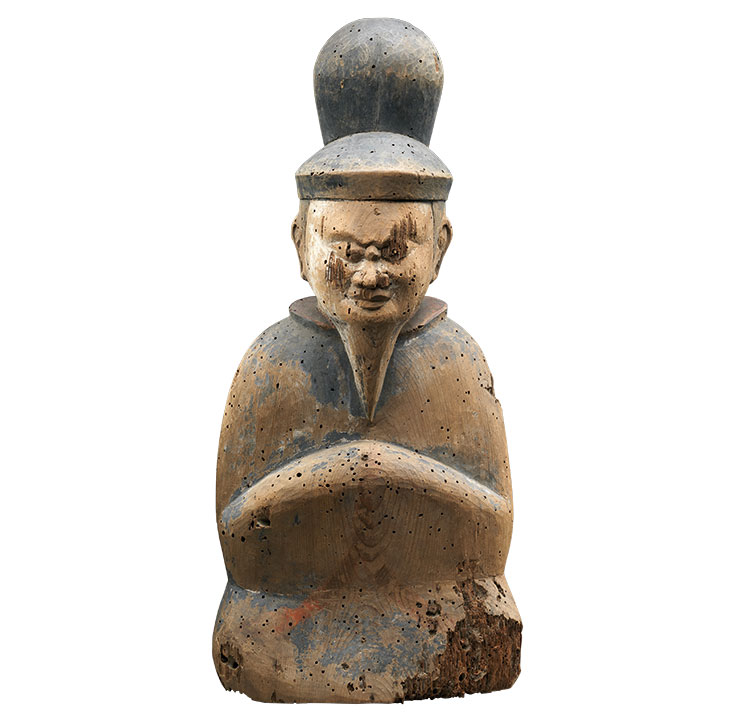
Shinto deity as a seated courtier (11th–12th century), Japan. Metropolitan Museum of Art, New York
Many visitors went no farther than taking their pictures with this deer before leaving the gallery, but those who continued through the subsequent rooms slowed down, reading the informative texts, written with a welcome intent to explain. Now and again I heard other visitors talking over their discoveries, as we walked among works drawing on different layers of Buddhism, Shintoism, and Hinduism, then found our way among the battles of the samurais that took place in the periods of the Heian (794–1185) and the Kamakura (1185–1333). In the exhibition, these were followed by the large golden screens of the Muromachi period, further ceramics, and lacquerware. Throughout, displays of ceramics were gentle and lucid, though I found the tea ceremony of Sen no Rikyu, so influential in the 16th century, a bit too much set as an anthropological scene. The work in a variety of media of the brothers Ogata Kenzan and Ogata Korin, which had such an impact in the 17th and early 18th centuries, was beautifully grouped and handled. Towards the end of the exhibition came prints Hiroshige and others made of Kyoto (one set of Hiroshiges was unfortunately cut across by a glaring bar of light). These were made in a transitional time, just before and as Japan ended its policy of isolation, a change that took place between 1853–67, and began more constant traffic with the world. The balance of power, energy, population, and money had long since shifted from Kyoto to Edo (now Tokyo), and the Emperor’s permanent residence was moved to Edo in 1868.
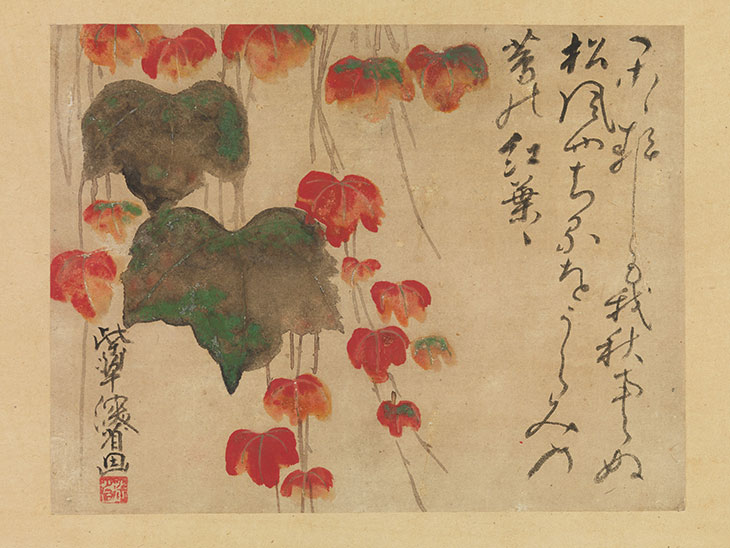
Autumn Ivy (after 1732), Ogata Kenzan. Metropolitan Museum of Art, New York
The rotation I saw had particular strengths in screens, lacquerware, and ceramics, and also included a great variety of other works: scrolls of painting and of calligraphy, wood block prints, pattern books, sword guards, a dagger, embroidered cloth, two radiant Noh costumes, a kimono, and a suit of 14th-century armour (yoroi). There was an emphasis on how the artists saw themselves as custodians and developers of the Kyoto traditions, and I was especially able to think about this in looking at certain screens.
As a medium, the folding screen has an interesting interaction with time – meant to be walked along, possible to approach from either end, leading the eye in and out of its regular hills and valleys, large enough to display many scenes or seasons and to play with different ideas of sequence. In one of the screens from the late 17th century, Fifty-four Scenes from the Tale of Genji, the artist has carefully kept the period details of hairstyle and dress that would have been typical of the 11th century when the Tale was written. In another, Landscape of the Four Seasons (Eight Views of the Xiao and Xiang Rivers), by Soami – an artistic adviser to the Kyoto shoguns in the early 16th century – the watery black and grey ink painting of the four seasons reflects the Chinese tradition of painting the four seasons and reveals the ways in which tradition has become its own kind of place for Kyoto artists and connoisseurs to frequent. In a third, Amusements at Higashiyama in Kyoto, a Kano School work of small proportions from c. 1620s, the skies of gold leaf have a rich lustre. It is cherry-blossom season and, as the wall text noted, the work conveys ‘the celebratory spirit of a country at peace after nearly a century of civil war’.
The exhibition makes quiet assertions about the labour and study of artists and scholars who continue to work in the midst of great changes in religion, narrative, class structure, in interaction with other cultures, in the vicissitudes of war and history. It is a pleasure to be immersed in these long traditions of careful looking and study.
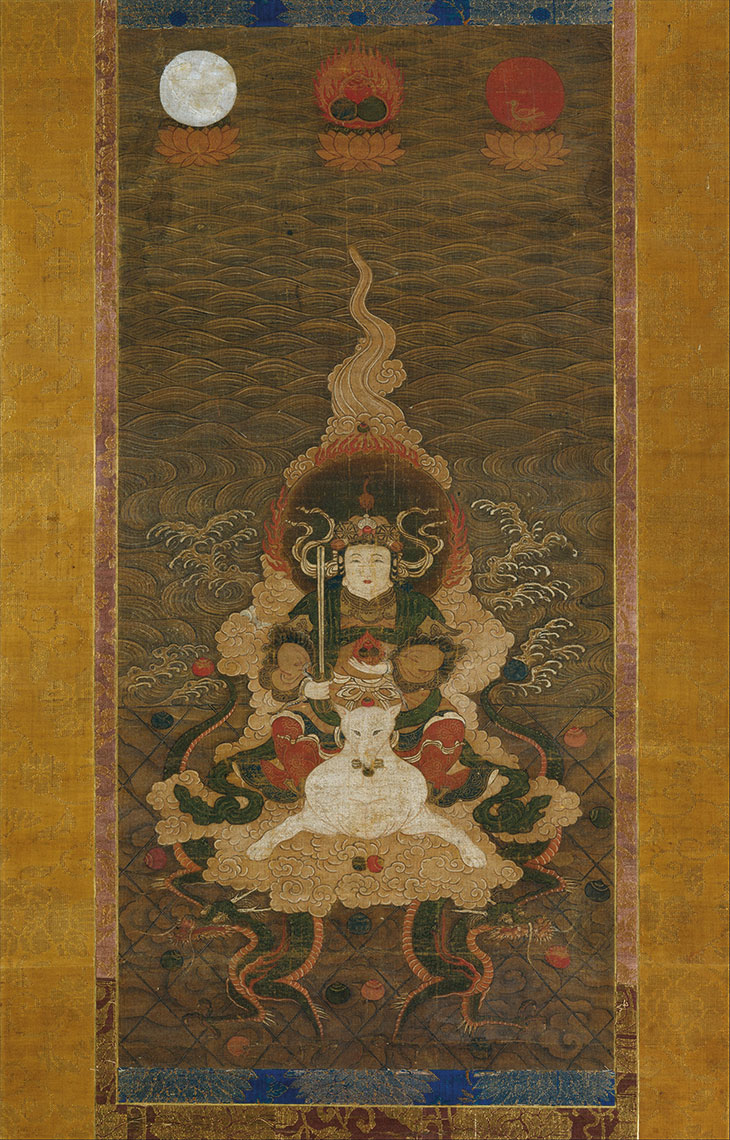
Hanging scroll depicting the goddess Dakini (14th century), Japan. Metropolitan Museum of Art, New York
The Metropolitan Museum of Art, New York is temporarily closed to the public due to the Covid-19 outbreak. For more information on ‘Kyoto: Capital of Artistic Imagination’ (scheduled to run until 20 September) visit the institution’s website.
From the March 2020 issue of Apollo. Preview the current issue and subscribe here.
Unlimited access from just $16 every 3 months
Subscribe to get unlimited and exclusive access to the top art stories, interviews and exhibition reviews.

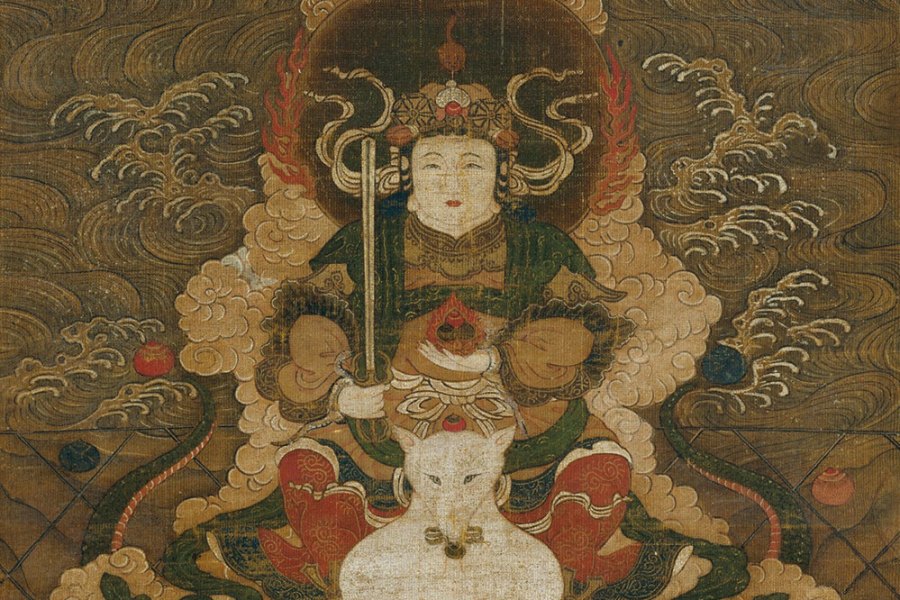
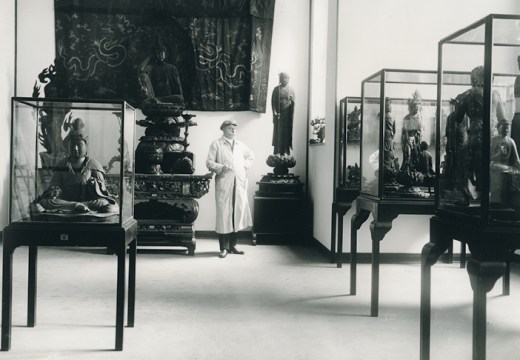
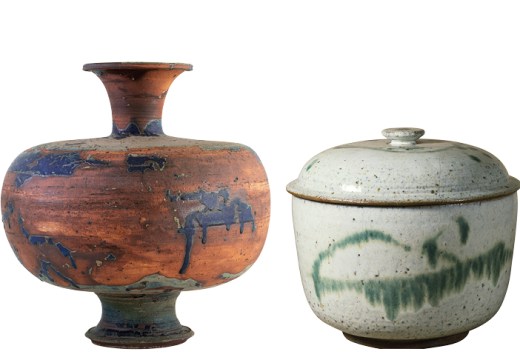
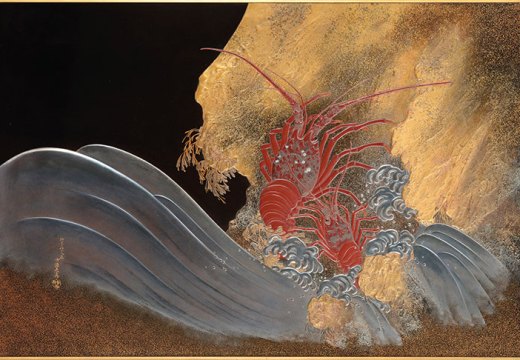









![Masterpiece [Re]discovery 2022. Photo: Ben Fisher Photography, courtesy of Masterpiece London](http://www.apollo-magazine.com/wp-content/uploads/2022/07/MPL2022_4263.jpg)
It’s time for the government of London to return to its rightful home